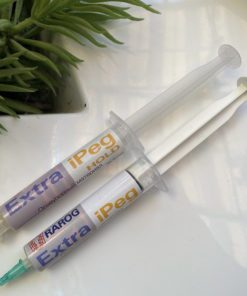Subtotal: $99.00
Meadow Clover: Uses, Benefits & Growing Guide
Meadow clover (Trifolium pratense), a vibrant and beneficial legume, boasts a rich history of use and a multitude of applications. This comprehensive guide delves into the world of meadow clover, exploring its traditional medicinal uses, nutritional value, ecological significance, and practical cultivation techniques.
Health Benefits & Traditional Uses
For centuries, meadow clover has been valued for its potential health benefits. Rich in isoflavones, particularly formononetin and biochanin A, it’s been associated with improved bone health, reduced menopausal symptoms, and potential cardiovascular benefits. However, it’s crucial to note that while promising, more research is needed to confirm these effects. Traditionally, meadow clover has been used in various herbal remedies, though always consult a healthcare professional before using it for medicinal purposes.
Nutritional Value
This versatile plant provides a good source of protein, fiber, and essential vitamins and minerals. Its nutritional profile makes it a valuable addition to animal feed, contributing to healthy livestock.
Ecological Significance
Meadow clover plays a vital role in maintaining healthy ecosystems. Its nitrogen-fixing properties enrich the soil, improving its fertility and supporting the growth of other plants. It’s an important source of nectar and pollen for pollinators, contributing to biodiversity.
Growing Meadow Clover
Cultivating meadow clover is relatively straightforward. It thrives in well-drained soil with ample sunlight. This guide provides detailed instructions on sowing, care, and harvesting, enabling you to successfully grow this beneficial plant in your garden or on a larger scale.
Applications
Beyond its health and ecological benefits, meadow clover finds applications in various fields. It’s used as a cover crop to improve soil health, as a component in animal feed, and even as a source of natural dyes.
Conclusion
Meadow clover is a remarkable plant with a multitude of uses and benefits. From its nutritional value to its contribution to environmental health, this versatile legume deserves a prominent place in our understanding of natural resources. This guide provides a comprehensive overview, equipping readers with the knowledge to appreciate and utilize this valuable plant effectively.

 Queen Pillow, 60x60cm: Luxurious Comfort
Queen Pillow, 60x60cm: Luxurious Comfort 








